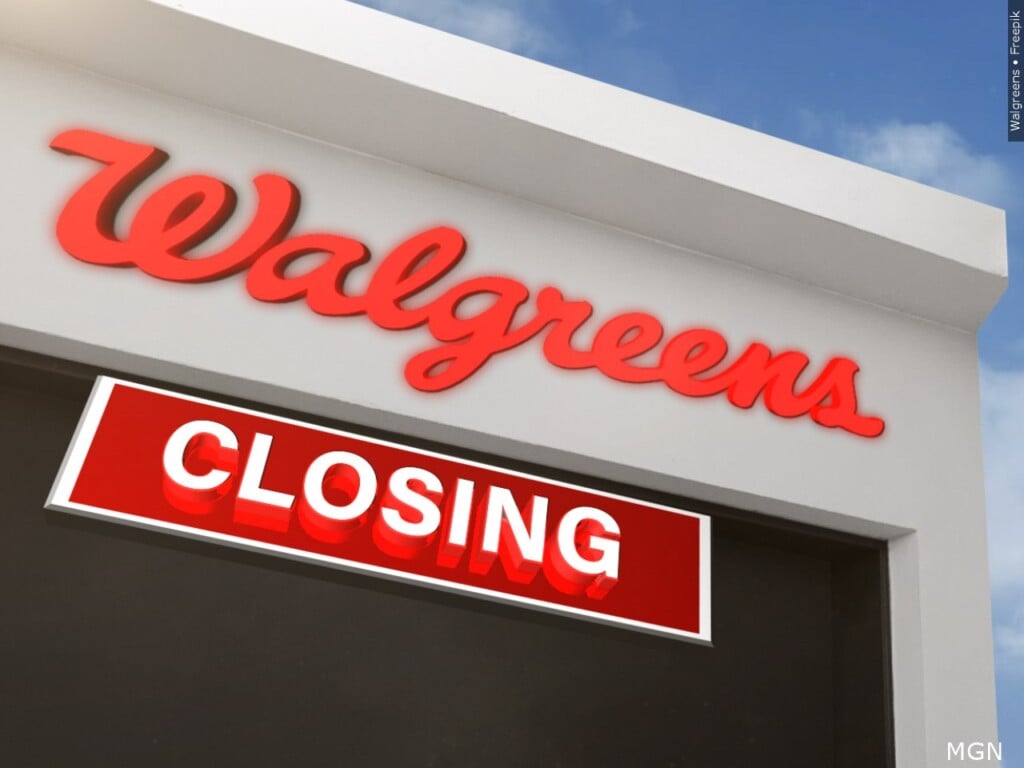Morning Business Report: America’s drugstore chains are shrinking
(LILAMAX)-CVS is closing 900 stores, and Walgreens plans to shutdown 1,200 locations, eliminating roughly 1 in 7 of its stores. Rite Aid, once a major player in the industry, now operates around 1,200 stores — nearly half as many as just two years ago — and has sold most of its pharmacy services to competitors including CVS, Albertsons, Kroger, and Walgreens.
Industry analysts say many of these chains over expanded in the 1990s and 2000s, opening thousands of locations to outpace rivals and draw in more customers. But that aggressive growth strategy is now backfiring.
Retailers cite several issues. Changing consumer habits are a major factor, as more people shop online or turn to bigger retailers for both prescriptions and everyday items. Increased competition and falling profitability in prescription drugs have also contributed. The pharmacy industry itself is undergoing major changes, creating additional challenges.
Shoplifting — especially since the pandemic — has led some stores to lock up products or close high-theft locations altogether. But experts say that’s only part of the story.
Failed business ventures, like acquiring primary care providers, have added pressure. Meanwhile, the core of the drugstore business — prescriptions — is becoming less profitable. Reimbursement rates from insurers and pharmacy benefit managers have declined, while fees have increased, squeezing profits.
At the same time, non-pharmacy items like snacks and household goods aren’t bringing in the revenue they once did. That’s largely due to growing competition from Amazon, Walmart, Costco, and Dollar General, especially in rural areas.
The closures come at a real cost to consumers. When pharmacies disappear, many people — particularly those in lower-income or rural communities — are forced to travel farther for medications. Studies show that pharmacy closures can lead to health risks, including older adults skipping or stopping medications altogether.












